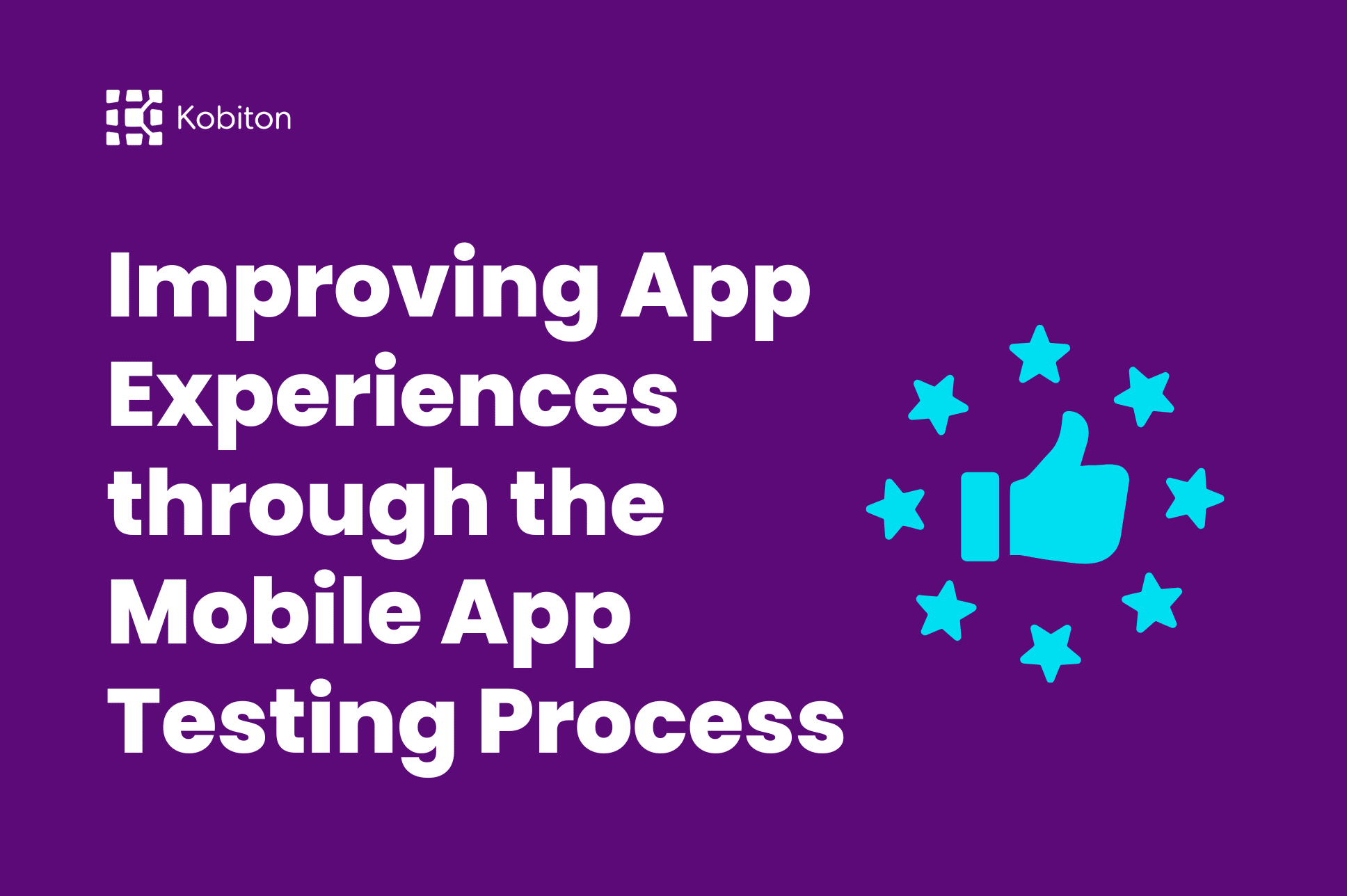
Improving App Experiences through the Mobile App Testing Process

Cara Suarez
Continuous testing is vital for any DevOps strategy, as it gives you a clear picture of the performance and quality of your app. By assessing code throughout development, continuous testing helps make sure that when people receive your mobile application, they get what they expect.
When backed up with automated security and usability tests and other forms of tests, this ensures users have an incredible experience across different platforms, leading to higher customer satisfaction.
In this blog post, we’ll explain how continuous testing can help organizations create top-notch mobile experiences for their customers.
Continuous testing is an extension of the continuous integration and continuous delivery (CI/CD) concept, which aims to streamline and automate the software development process.
In modern software development, continuous testing has emerged as an indispensable practice for ensuring software quality. It is an increasingly popular DevOps process that involves perpetually testing software applications at every stage of the development cycle, from initial creation to deployment in production.
The central objective of continuous testing tools is to guarantee that software applications are faultless, high-quality, and meet users’ expectations. By making automated testing an integrated and ongoing aspect of the development cycle, continuous testing helps streamline DevOps and achieve this objective.
This approach facilitates the early identification and resolution of issues during the development process, thereby mitigating the likelihood of flaws and imperfections in the final product
Continuous testing is an immensely beneficial practice in mobile app development. It allows developers to reveal and correct defects early in the development process. Such early issue resolution is particularly essential in mobile app development, where user experience plays a critical role.
This is because any glitches in performance or usability can result in users becoming frustrated and abandoning the app. By identifying and resolving problems early in the development process, developers can ensure that the app is steadfast and reliable, giving users an enjoyable experience.
Another critical reason for continuous testing strategies in mobile app development is the complexity of the mobile app ecosystem. Mobile apps must operate across various platforms, devices, and operating systems, each with its unique challenges. Continuous testing can help ensure that the app functions seamlessly across various devices and platforms, offering a consistent and dependable user experience.
In addition, continuous testing in DevOps can also enable developers to respond quickly to the evolving needs of users and changing market trends. Since mobile app users expect frequent updates and fresh features, continuous testing can help developers efficiently test and deploy new features while preserving app quality.
Continuous testing is a critical component of modern software development. But how exactly is this complex process performed?
Here are the general steps involved in performing and implementing continuous testing strategies:
By following these steps, developers can ensure that the software they are building is of the highest quality, free of defects, and meets user requirements.
Continuous Testing in DevOps empowers teams to create high-quality apps tailored to the end-users’ needs and can be deployed expeditiously and confidently. In pursuit of this goal, adopting and implementing the best continuous testing strategies is essential.
Continuous load testing involves persistently evaluating the performance of mobile applications under heavy user loads throughout the application development lifecycle. The main objective of this practice is to pinpoint and address performance issues before the application is deployed.
Continuous load testing executes using continuous testing tools, which simulate many virtual users, each interacting with the application to test its performance under high load conditions.
These tools generate valuable performance metrics, including response time, throughput, and error rates. These metrics detect performance issues such as bottlenecks, resource constraints, or code defects.
In addition, continuous load testing is typically integrated into the continuous testing process, which automatically tests applications throughout the development cycle to ensure they meet performance criteria. With continuous load testing, developers can detect and mitigate performance issues early in the development process, promoting application quality and decreasing the chances of performance problems at deployment.
Shift left testing is a software, and app testing method increasingly adopted thanks to DevOps. It endeavors to shift the testing process towards the beginning of the app development life cycle. Typically, testing is often the last stage of the development process in traditional app development, carried out just before the application is launched. However, this approach can cause delays in detecting and correcting defects and increase maintenance costs.
In contrast, shift left testing aims to bring testing into the development process as early as possible. This is achieved by involving testers in the early stages of the development process, such as during the requirements gathering and design phases.
Testers work closely with developers to identify potential issues and defects in the requirements and design and provide feedback that helps improve the application’s quality. They can prepare the right continuous testing tools in time. In this way, shift left testing helps to deliver apps of superior quality and reduce the risk of defects during the later stages of the development process.
Cloud-based testing is a groundbreaking app testing technique that leverages cloud computing services to perform testing activities. It differs from traditional on-premises testing approaches by utilizing remote servers hosted in the cloud instead of local hardware to execute tests. This innovation enables testers to scale testing activities quickly and effectively by spinning additional resources on demand up and down.
Cloud-based testing offers flexibility and scalability, empowering teams to dynamically manage testing requirements and resources. This can significantly reduce testing costs and increase testing efficiency, accelerating time-to-market. It also eliminates the need to invest in expensive hardware, software licenses, and maintenance.
However, some potential drawbacks of cloud-based testing include security concerns and network latency issues. It is crucial to take proper planning, testing, and security measures to address these concerns effectively.
Kobiton is a platform designed to develop and test mobile apps in a secure and user-friendly environment. Your development team can use Kobiton’s robust testing services to deliver the best user experiences possible.
You can engage with tests for numerous elements in your app’s development process. With Kobiton, any form of continuous testing in DevOps can be applied, creating a better mobile experience and seamless app.
If you want to deliver your users the best mobile experience, then continuous DevOps workflow testing is essential. Automating the testing process is essential to release new features and updates as quickly as possible. Not only will this speed things up for you, but it will ensure that any potential issues are resolved before they reach your customers. If you’re looking for help or more information about how continuous testing in DevOps can benefit your mobile app development, then contact Kobiton today!
You may also be interested in: